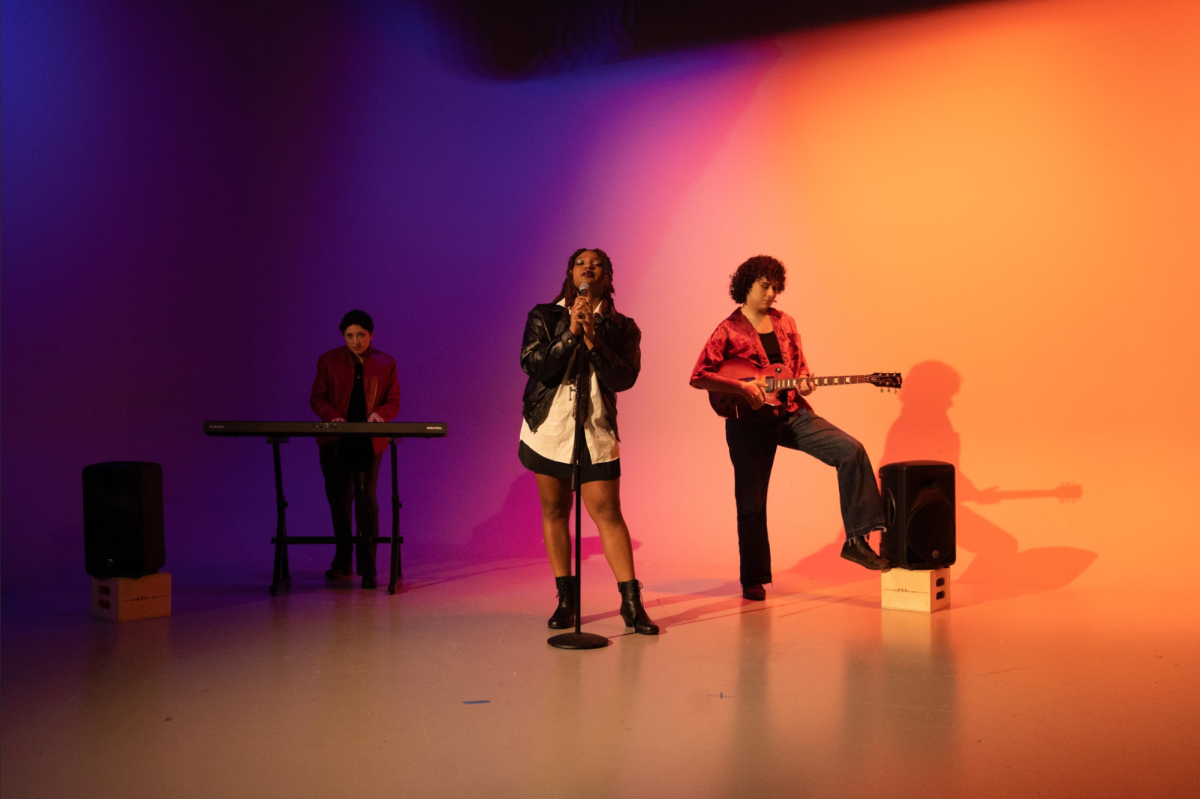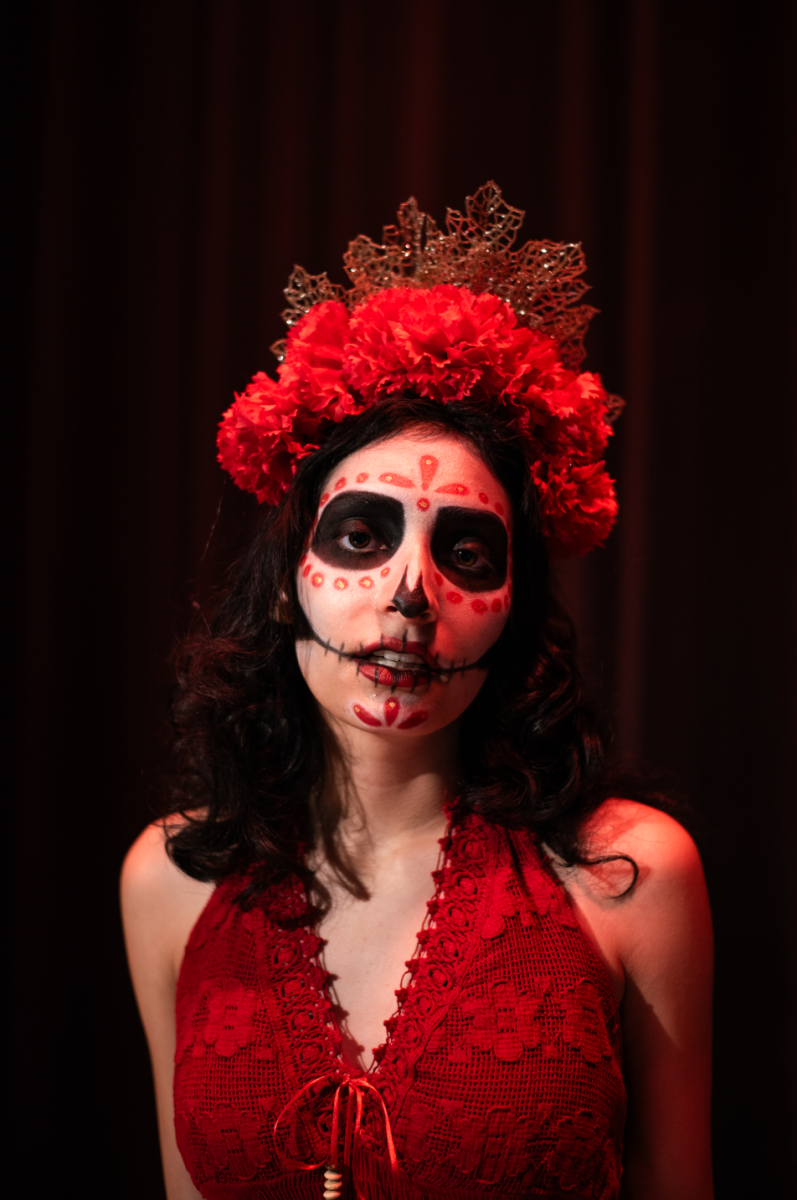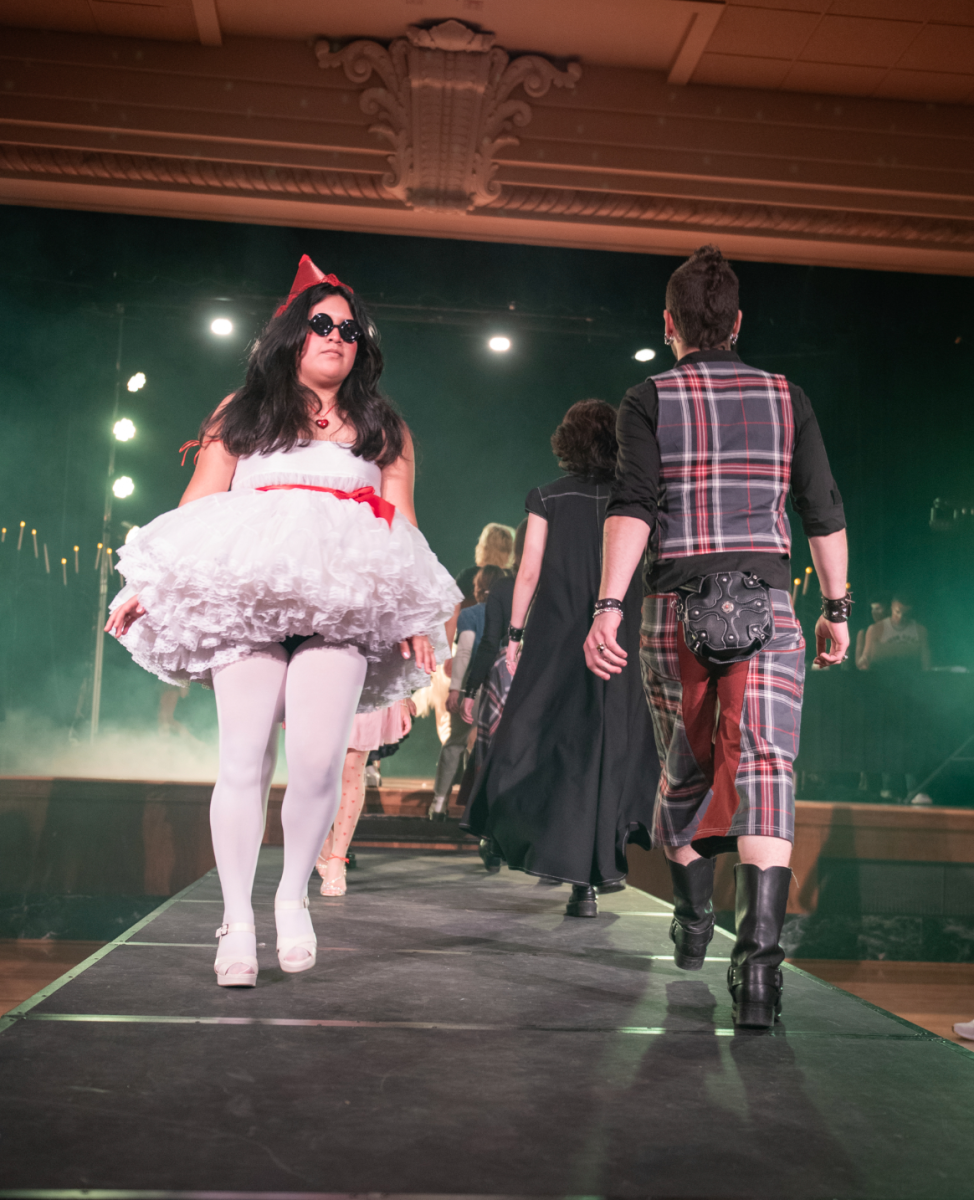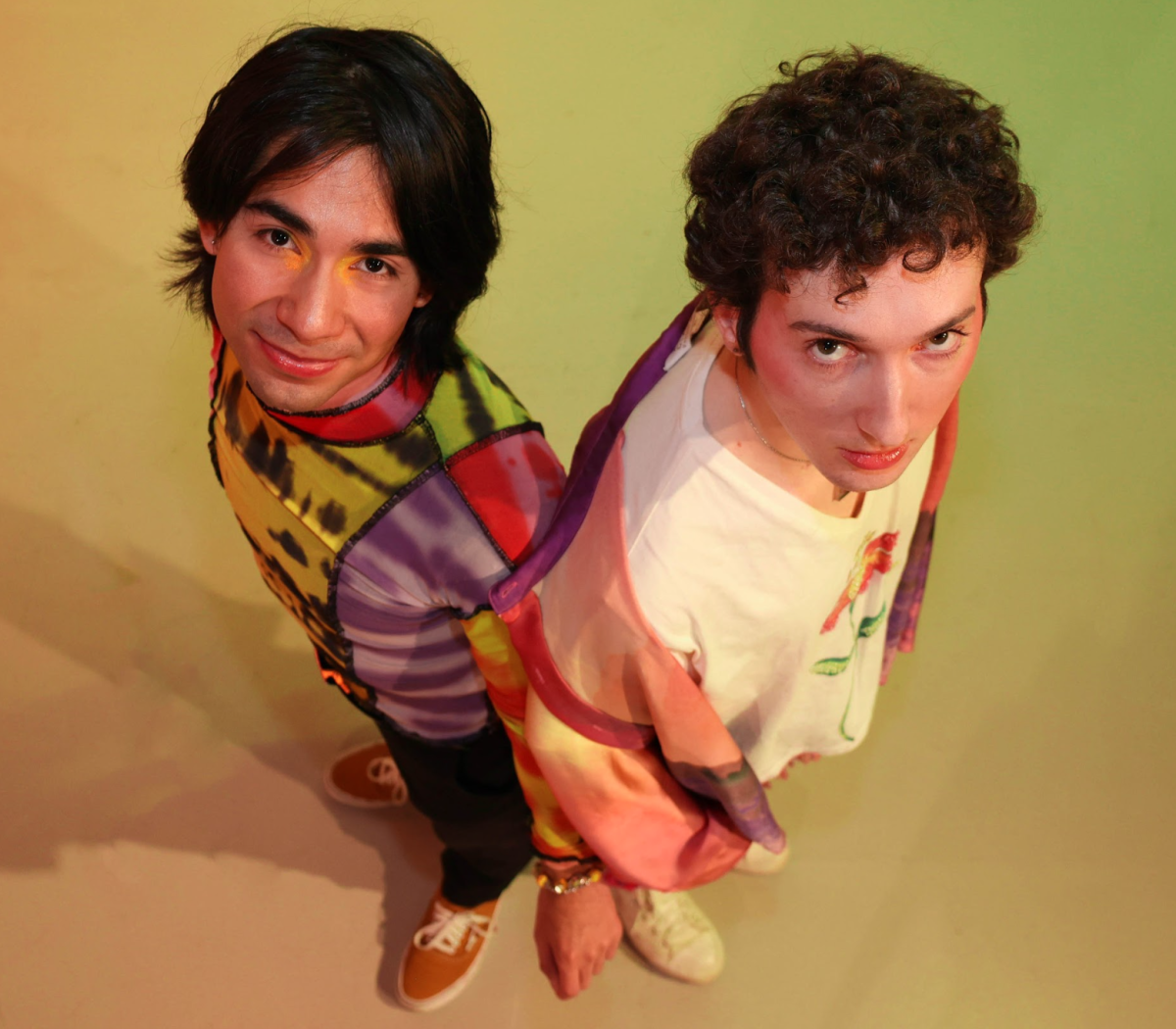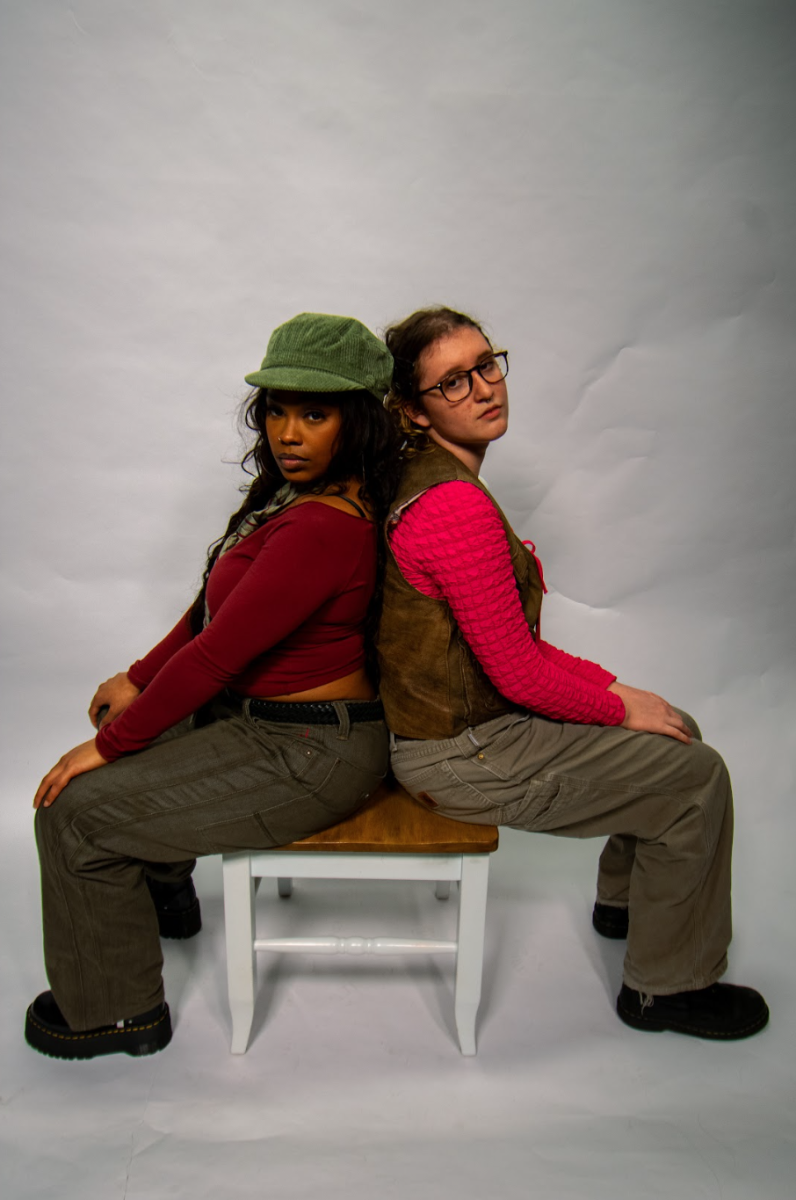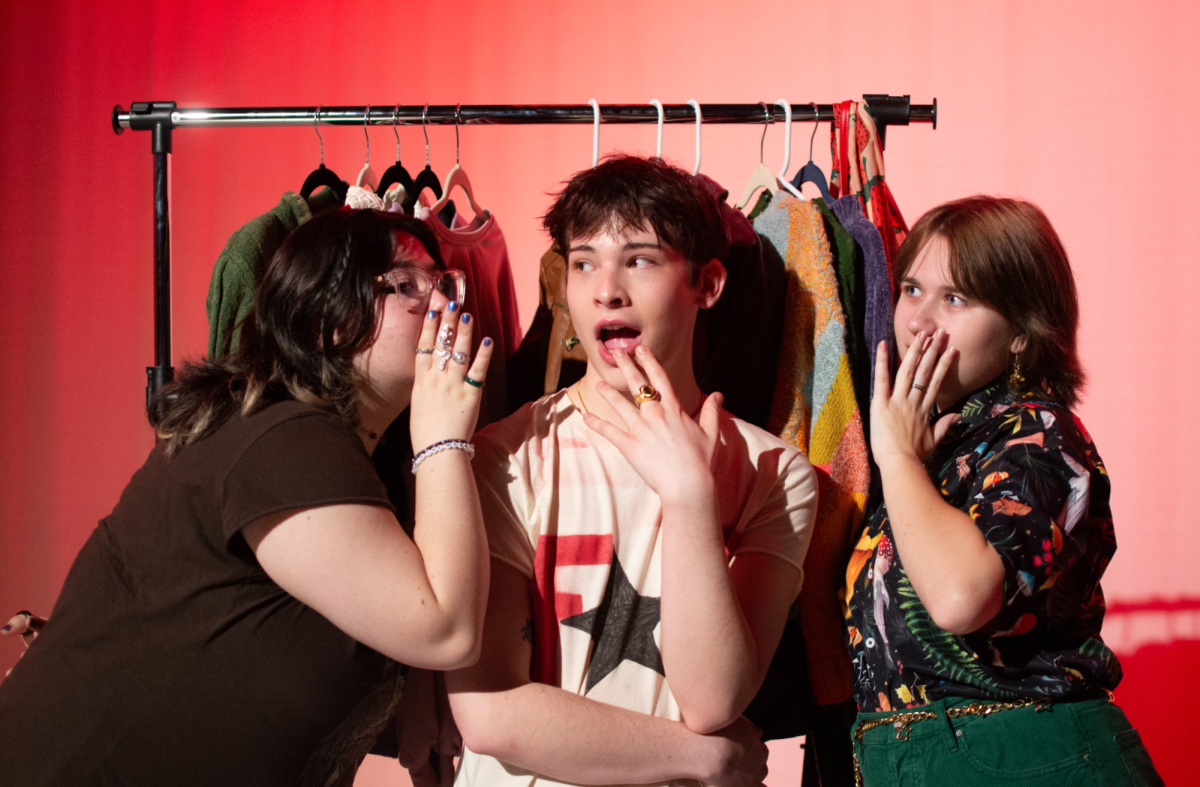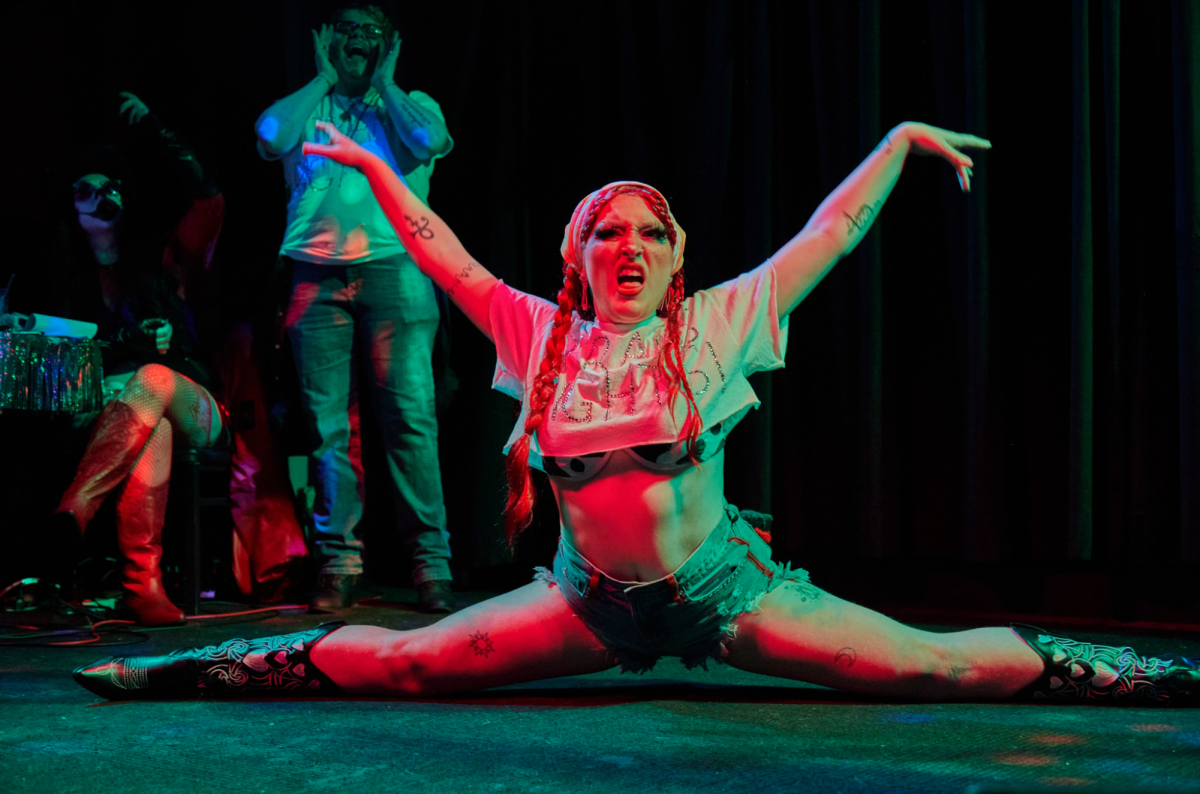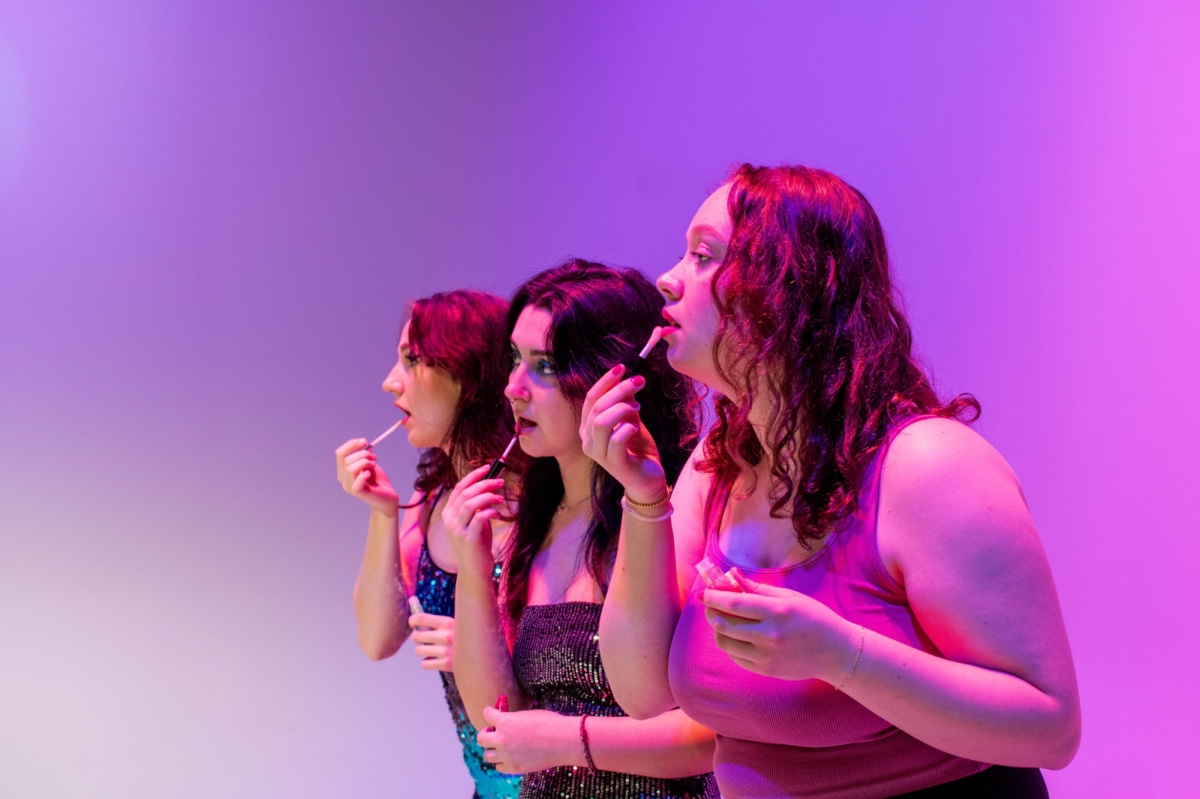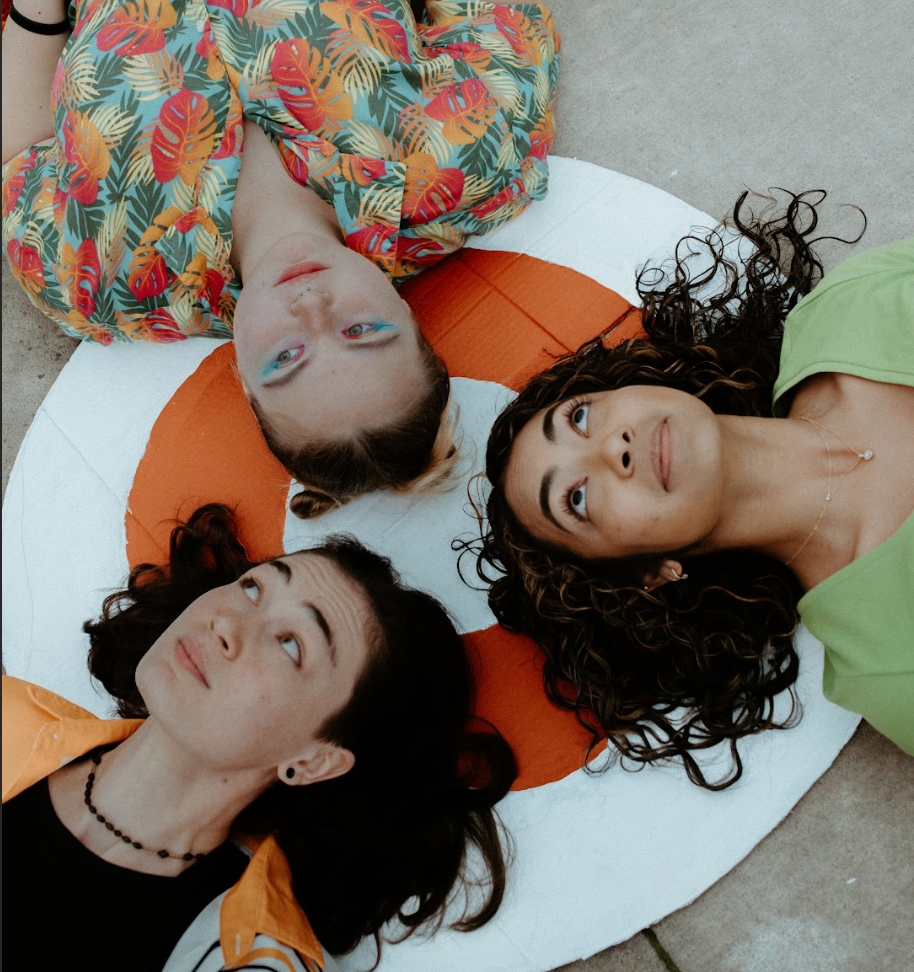The 1980s: A decade where rock music wasn’t just a genre but a cultural force, tearing down the walls of traditional fashion.
This was a time when androgyny didn’t just make a statement on stage but echoed throughout the streets, inspiring a new wave of self expression and influencing the very fabric of popular culture.
The bold and gender-fluid aesthetics of rock’s counter-culture reshaped apparel into an androgynous playground, leaving a lasting legacy that still influences fashion today.
The word androgynous originates from the Latin word ‘androgynus,’ which stems from Greek roots ‘andro’ (man) and ‘gynous’ (woman).
This term can mean many different things to different individuals, but most simply put, it is the combination of feminine and masculine characteristics and challenges the social constructs of gender.
For Oregon State fashion design alum, Kai Warouw, androgyny is the “bridge between masculine and feminine energy.” In terms of fashion, she states, “It means not really paying attention to binary, traditional women and menswear.”

Androgyny goes back to the earliest of times, but a notable decade in androgynous fashion history occurred in the 1980s. It began with the American economic and pop-culture boom at the start of the decade. In conjunction with the rise of television and the revolt of the political, social, and economic turmoil of the 60s and 70s, a new age of rebellion was born.
American cinema, fashion, music, and celebrities began to influence a wave of power and self-expression in youth culture. During this time, wrap dresses and platform heels were traded in for power suits and boots – silk shirts and bell bottoms were replaced by leather jackets and ripped jeans. Women in the workforce were at an all-time high and MTV had just debuted the music video “Video Killed the Radio Star” by The Buggles.
In an interview with Oregon State professor and Social Psychologist, Dr. Regan A. R. Gurung, Dr. Gurung discussed the pivotal role of MTV and music in the fashion landscape of the 80s. “Songwriting always provided a venue for exploring new topics,” and “Video gave people license to try new stuff,” he stated. Songwriting and MTV gave artists a platform to explore identity and challenge gender norms. Rock icons such as Annie Lennox (Eurythmics), Boy George, Nick Rhodes (Duran Duran), and David Bowie could now show off their talent and style on a mainstream scale.
It was the “first major time you see that clear-cut vehicle for identity expression. It had never been done on that scale before,” states Dr. Gurung. This new wave of fashion began to catch on among fans, giving them room to explore past the traditional realm of mens and womenswear.
He explains, “Here is where you see women started claiming male space with the broad shouldered shoulder pad, which was normally a male domain.” At this time gendered fashion began to blur. It was common to see women in less form fitting styles, bold accessories, and power suits. On the other hand, men started to style traditionally female looks such as makeup, longer hair, and flamboyant shapes, cuts, and colors of garments.
Although androgynous fashion can’t solely be attributed to the 1980s, the decade still played an influential role in the exploration of identity in fashion.
According to Warouw, “Menswear has become a lot more open to androgyny,” She also stated that “Men have experimented with womenswear more recently than they ever have before.” “Seeing modern menswear become more increasingly feminine is very reminiscent of the 80s,” she added. When asked about the trajectory of androgynous apparel for the future, Warouw concluded that, “the title of menswear and womenswear is going to die out because no one is really paying attention to that anymore.”


